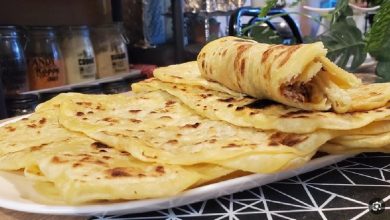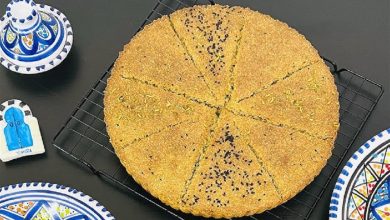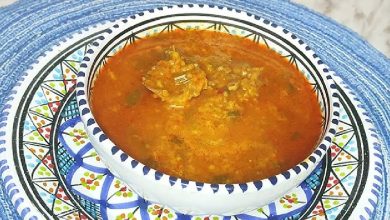Mansaf: Jordan’s National Dish of Honor, Heritage, and Resistance
Rooted in ancient Moabite history and honored today in Jordanian culture, Mansaf remains a symbol of hospitality and national pride — now recognized by UNESCO.
Mansaf, widely known as the national dish of Jordan, is more than just a culinary favorite — it is a powerful symbol of tradition, generosity, and national heritage. Deeply embedded in Jordanian identity, especially during the holy month of Ramadan, Mansaf is often referred to as the “king of the Jordanian table.”
This iconic dish is made using tender local lamb, jameed (fermented dried yogurt made from sheep’s milk), ghee, rice, almonds, and pine nuts. Traditionally, Mansaf is shared communally from a large platter, embodying the spirit of unity and hospitality that defines Jordanian culture.
A Taste of History: From Moab to Modern Day
According to Ashraf Mubaideen, co-owner of “Mansaf Moab” restaurant in Amman, “While Mansaf is known across the region, its origin is distinctly Jordanian, particularly linked to the ancient Kingdom of Moab.”
Historian George Tareef explains that Mansaf originally consisted of lamb stew with yogurt and shrak (thin flatbread). Over time, the base ingredient shifted from bulgur wheat to rice in the late 19th century.

The origin of the dish is tied to King Mesha of Moab, who ruled in the 9th century BCE. Legend holds that, during a war with the Israelites — who, following Torah law, do not consume meat cooked in milk — Mesha instructed his people to prepare lamb cooked in yogurt to test their loyalty. Their compliance marked the defiance of the Torah, giving rise to the name “Mansaf,” derived from the Arabic word “nasafa” (to blow up, to destroy), symbolically referring to the destruction of foreign customs.
This historical context is why Mubaideen and his partner named their restaurant “Mansaf Moab” — to celebrate the dish’s deep-rooted connection to Jordan’s past.
A Dish with Ceremonial Value
Academic researcher Hassan Mubaideen describes Mansaf as a meal governed by strict traditions and a “hospitality protocol.” Everything — from how it’s prepared to who receives the lamb’s head — follows established etiquette. For instance, the elder or most honored guest is often served the head of the lamb on the largest platter as a mark of respect and generosity.
In traditional gatherings, 12 to 14 people may eat from one large platter using only their right hands, keeping the left hand behind their backs. While individual servings are now more common, the communal version remains a cornerstone in large events and celebrations.

UNESCO Recognition
In December 2023, Mansaf was officially added to UNESCO’s Representative List of the Intangible Cultural Heritage of Humanity, recognizing its cultural and historical significance. Notably, all components of the dish are sourced locally, such as the Karak jameed (from the Karak region) and Balqa ghee (from Balqa Governorate).
The inclusion not only celebrates Mansaf’s uniqueness but also preserves the oral traditions, social customs, and culinary knowledge associated with the dish.



